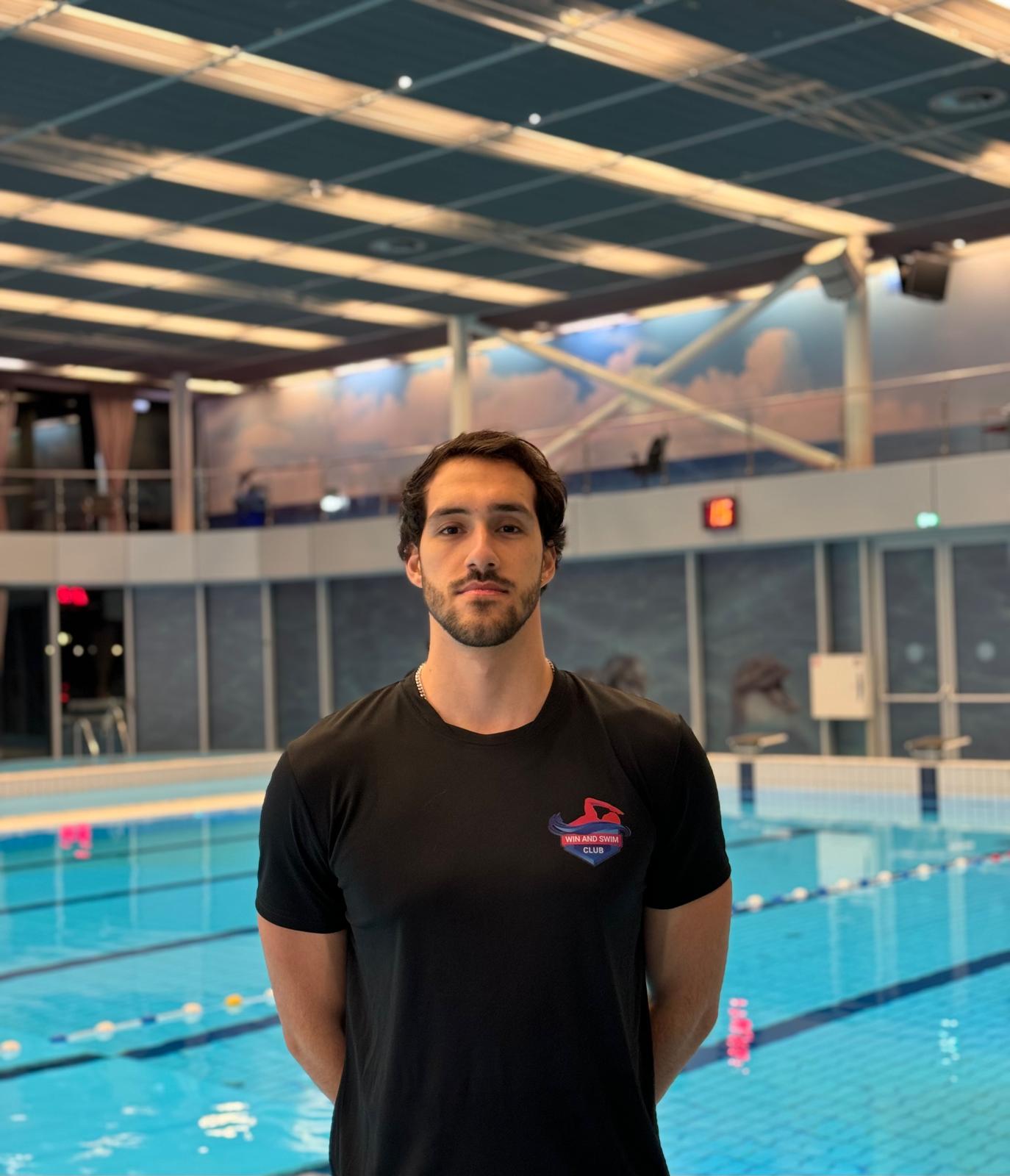Freestyle Breathing Made Simple For Adults
Breathing is the barrier for many adult swimmers in the Netherlands, not fitness. If you feel starved for air or you swallow water, the solution is a simple method that protects your body position and rhythm. Exhale underwater at a relaxed, steady rate, rotate your head with your shoulders so it stays low and turns to the side, then take a quick, small inhale from the pocket of air that forms beside your mouth as you move forward. When this timing clicks, your breathing stroke looks almost the same as a non‑breathing stroke, so your pace and balance stay steady.

What good freestyle breathing looks like
Start releasing air the moment your face returns to the water, keep it gentle through the nose or mouth, then give a short clearing puff just before you turn to breathe. This prevents carbon‑dioxide build up, which is what makes you feel panicky, and it sets up a fast inhale.
Turn your head with your body, not up. Keep one eye near the surface and one eye still seeing the water. That position puts your mouth next to a small air pocket created by your forward motion, which lets you sip air without pausing or gulping. If you lift the head, your hips usually sink, drag increases, and the next few strokes feel harder.
Breathing patterns that work for adult learners
Choose the pattern that keeps your body line long and your rhythm smooth. Every 2 strokes gives you more frequent air, useful while learning or when swimming harder. Every 3 strokes, often called bilateral breathing, helps symmetry and gives you options in waves or crowded lanes, but it is not mandatory for every swimmer. Many experienced swimmers practice both sides yet race or train fast on their preferred side, the key is comfort and rhythm.
Common problems, with clear fixes
Holding the breath between inhales. Replace it with a continuous underwater exhale and a short clearing puff before you turn. Your next breath will feel easier because carbon dioxide has been cleared.
Lifting the head to find air. Lifting pushes the hips down and slows you. Instead, roll to the side with your shoulders, keep the head low, take a small, quick breath next to the mouth, then put the face back in early so the lead arm can start the catch.

Short drills you can do in any pool
- Bobs or sink downs. Stand in the shallow end, exhale underwater, surface for a quick inhale, repeat for 30 to 60 seconds. This builds a relaxed exhale habit and removes breath holding.
- Stroke and roll. Swim easy freestyle and let the body roll bring your mouth to air. Keep the breath small and quick, return the face early, then repeat on your comfortable side and on the other side for balance.
- Snorkel toggles. Alternate one length with a center‑mount snorkel and one length without. Match the same low, quiet breath when the snorkel is off. This teaches you to breathe without lifting or twisting.
A simple session you can run tonight
- Warm up (200–300 m easy). Add 6× “bobs” at the wall between lengths.
- Skill set (6×50 m): 25 m Stroke & Roll + 25 m normal, breathe every 3 on reps 3–6.
- Control set (4×50 m): 15 m snorkel on, 35 m off, match the same low, quick freestyle breathing.
- Cool down (100 m). Focus on relaxed exhale and split view breath.
New to lanes in Amsterdam? Book a €5 try out at our locations in Amsterdam Oost or Amsterdam Noord, small groups, calm coaching, and immediate feedback on breathing. If you are starting from scratch, see our Beginner Swimming Lessons. For the full buyer’s landscape, read our Adult Swimming Lessons Amsterdam guide. For official pool listings, the city maintains a current page of facilities and lane‑swim terms in English. Amsterdam.nl
Do I have to breathe to both sides to swim well?
No. Bilateral breathing is useful for balance and open‑water awareness, and many swimmers still prefer one side during hard efforts. Practice both to build options, then use what keeps your rhythm smooth.
How do I stop swallowing water?
Start exhaling as soon as your face is in the water, turn with the shoulders, keep one eye near the surface, then take a small, quick inhale from the air next to your mouth. Return the face early so the lead arm can start the catch and keep you stable.

KNZB‑certified swim coach, former Romanian national and international freestyle medalist, and founder of Win and Swim Amsterdam. Passionate about adult‑learners and evidence‑based technique. With bachelor degree in swimming and first aid course, swimming is my element.
